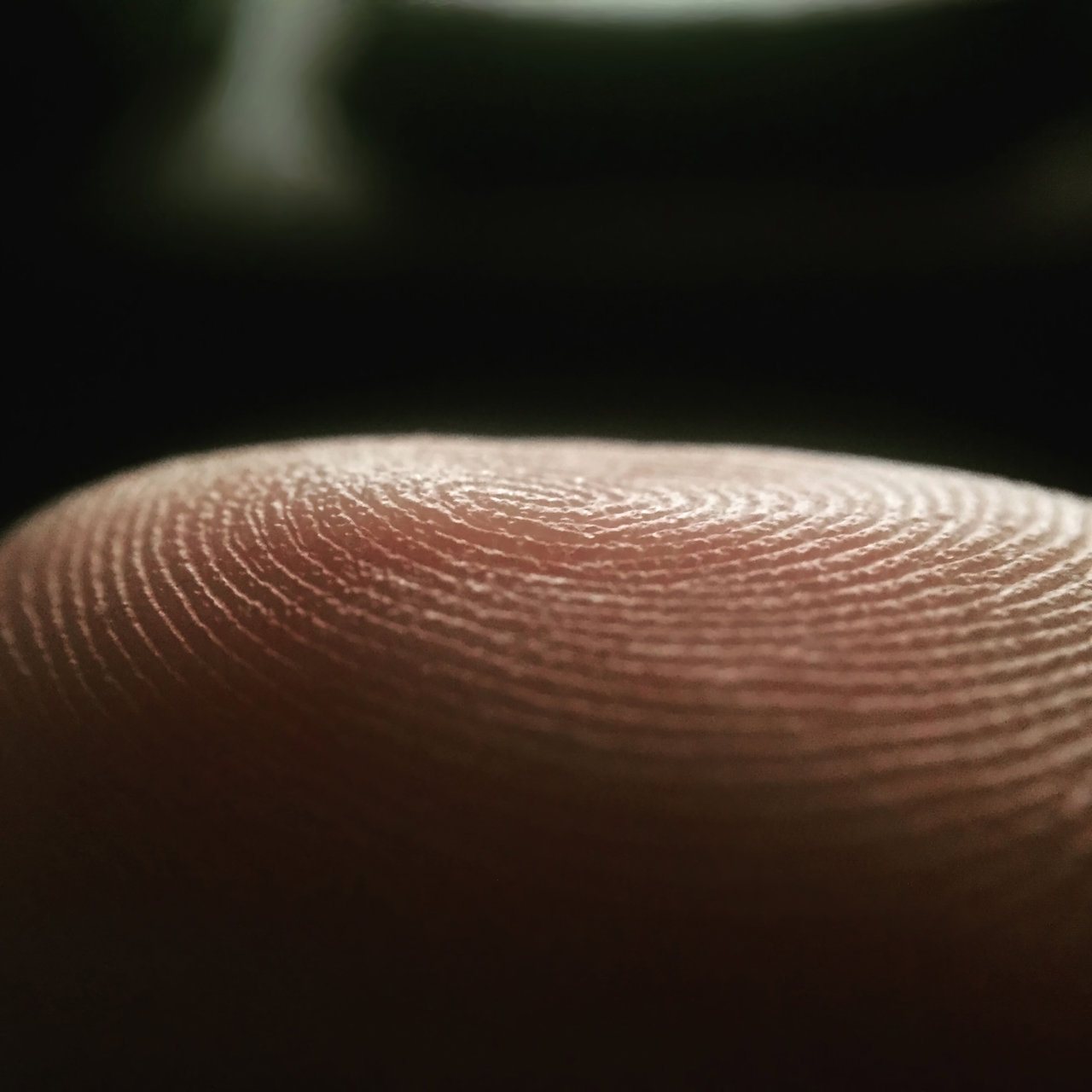
In 1892, the English anthropologist Francis Galton proposed 40 characteristic features for the classification of fingerprints. The fingerprints are so different from each other that he would estimate that the chance of any two humans having the same ones was one in 64 billion, a figure that far exceeds the world's population.
In other words, it is almost impossible to find two people with the same fingerprints. And this happens because, in its formation, while we are in the mother's womb, many factors intervene. Specifically, the tiny bumps and furrows found on human fingertips begin to form around the 13th week of fetal life.
The skin is thus subjected to intrauterine pressures, to the movements and position of the fetus in the uterus, to nutrition, blood pressure, amniotic fluid, etc. The slightest variation of one of these random factors results in changes to the entire structure of the fingerprint. From then on, the resulting drawing will be unalterable, always the same and forever, until death.
Fingerprints of the twin brothers
Not even those of identical twin brothers, who are genetically perfect clones, have the same fingerprints. In addition to the aforementioned environmental pressures, each twin has experienced its own set of genetic mutations in the womb, which also appear to affect the formation of fingerprint patterns.
This is what researchers at the University of Edinburgh maintain, who have used human cell models in the laboratory and, later, mouse models (mice do not have fingerprints like we do, but they do have transverse ridges of skin on their fingers that develop similarly).
Their conclusion is that the molecular pathways that share information and instructions between genes are highly sensitive to tiny local factors inside the womb. In both humans and mice, Wnt pathways (the ones that shape our finger grip) appeared to stimulate the growth of ridges on the outer layer of finger skin; BMP (bone morphogenetic protein) pathways suppressed the formation of these grooves; and EDAR (ectodysplasin A receptor) pathways helped shape the size and spacing of skin ridges.
Turing and the zebras
When the activity of the WWTP pathways was silenced in mouse models, their digits did not show transverse ridges, but rather a mole-like pattern. Consequently, it was concluded that the push and pull in ridge formation reflects patterns arising from what are known as reaction-diffusion systems with Turing instabilities.
A Turing pattern is a mathematical concept developed by Alan Turing in 1952 to explain how stripes and spots in nature show small random differences in their structure. Something that has also, for example, been seen in the patterns of zebra stripes, which are also different from each other.
In conclusion, the study suggests that the forces that give each human fingerprint its individual uniqueness are the same forces that underlie many other stains in nature, such as zebra stripes. They are the forces of the environment intertwined with the random component of genetics, which in turn is fed back by the environment. Which makes us all share a common origin while making us certainly different from each other. (National Geographic) (Photo: IStock)